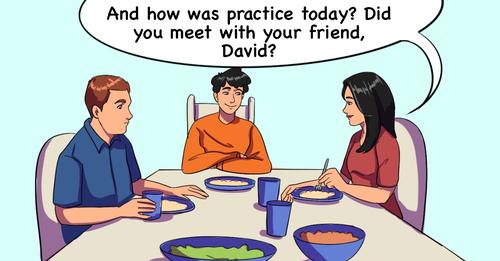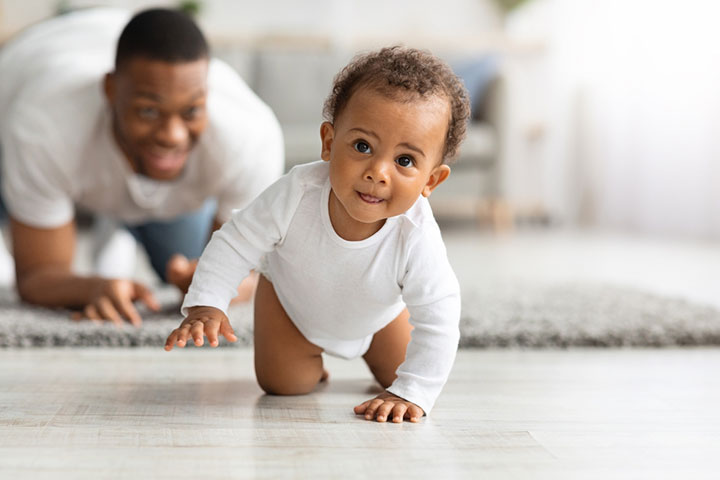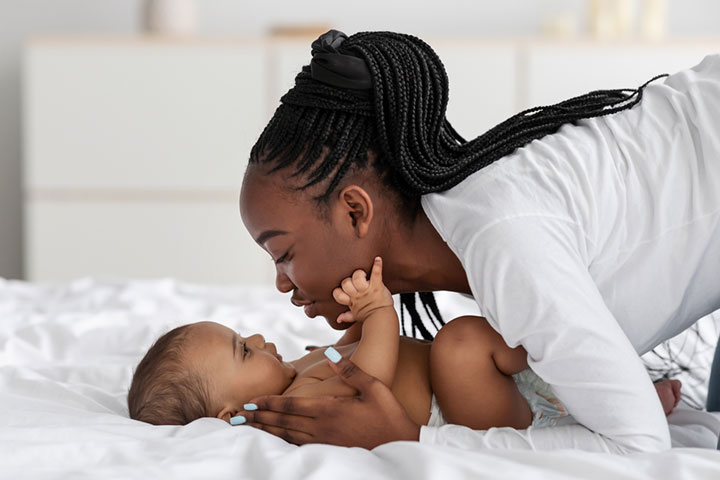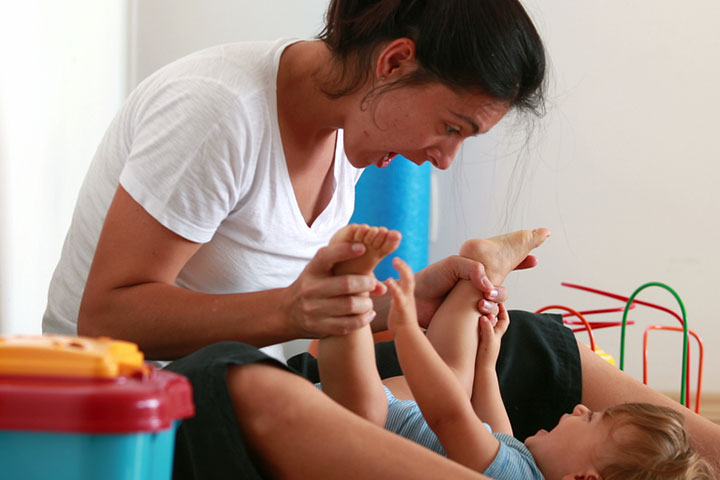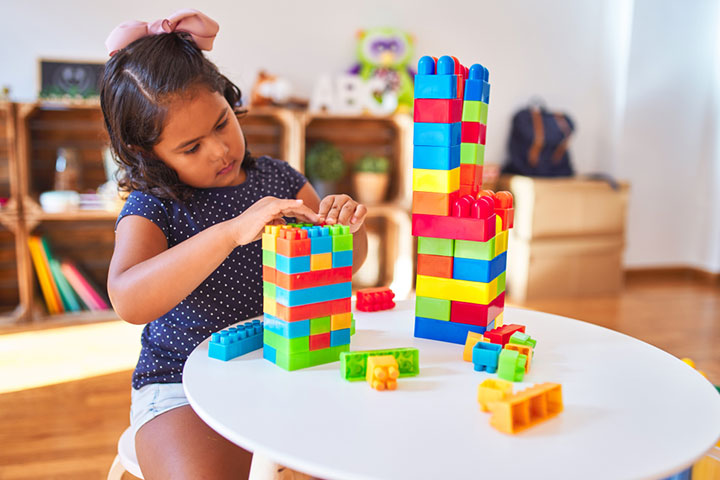
Becoming a parent opens your eyes to the new and fascinating world that your children are simply waiting to explore. To them, there is endless possibility and every day is an opportunity to explore the world around them and hit new milestones! And as exciting as it is for them, it can be quite stressful for parents. Catering to their needs, looking out for signs of motor and cognitive development, and wiping food off the floor (again). You’ve got your hands full. Making sure that your child is stimulated enough to grow and develop well can be overwhelming. But there are a few things you can incorporate into their routine every couple of months for each developmental stage. Read on to find out what they are!
1. 0-3 Months
You need to give your baby some tummy time and shake a rattle in front of them. Every minute or so, stop and lift it just a little. See if your baby lifts their head and shoulders. If not, encourage your baby to look at the toy by shaking it a little faster. Having at least one to five minutes of tummy time per day is extremely beneficial for your baby. It builds their upper body strength and teaches them to hold up their head and neck. This will eventually help them crawl and stand up.
2. 3-6 Months
Hold your baby close and let them face you. You can let them lay on their back and help them look directly at you. Make it so that they are looking into your eyes and then start talking to them. Their vision is still blurry at this stage, so they are still trying to figure out your face. Maintaining direct eye contact will help them. They may even try to imitate the sounds you are making. When they babble or start moving their mouth in order to form words, repeat the word for them to listen to. Associate the words to specific facial expressions while looking at them the entire time. You are not only stimulating their eyesight and helping them recognize you, but you are also helping them learn about languages and communication. Linking words to feelings will help them get a grasp of emotions early on.
3. 6-9 Months
The good news is that you can incorporate several activities at this stage. For example, playing simple games like “peek-a-boo” with your child can be way more beneficial than you thought it could be. You can hide your face behind your hand, pieces of clothing or a pillow or even hide your whole body behind a sofa. Then just pop out and surprise them. Babies at this stage don’t understand that you’re still there the entire time so they will be startled and elated everytime you reappear. They only suspect that they will see you again soon. Playing this game as often as you can will help your child understand the concept of object permanence, that is, they will finally figure out that hiding a portion of you doesn’t mean that you are no longer there. Babies learn through repetition and deduction and this game will allow them to form analytical thinking.
4. 9-12 Months
Your baby will want to explore their surroundings and will appreciate you playing games like “hide and seek” with them. Take a sound-emitting toy and hide it. Make sure that the toy is significantly big and not something they can swallow or put in their mouth. So a good fire truck or car will do. Encourage your baby to listen to the sound and find the toy. Once they do, clap and celebrate their victory with them! This is a good way for them to learn how to think and develop problem-solving skills. Besides, this game will exercise their auditory skills and tracking skills while encouraging them to explore their environment safely.
5. 12-15 Months
Name every object in your hand while you show them to your child. Add an adjective to the object to describe them better. For example, a juicy apple or a pretty flower. You can also use toys that can be turned into anything such as cupboard boxes, containers, or simply boxes in different shapes and colors. Let your child play with them. Your baby’s verbal skills are just developing and playing these games will help them. Playing will help your child understand how things work. Let your child be as creative and imaginative as they want to be. Creative thinking will help them in the future.
Looking out for your little one and their development need not be a complicated and tedious process. Simply including small activities will do. So, have you tried using any of these tricks on your child? Let us know in the comments section!
